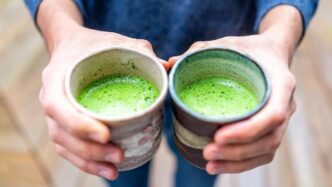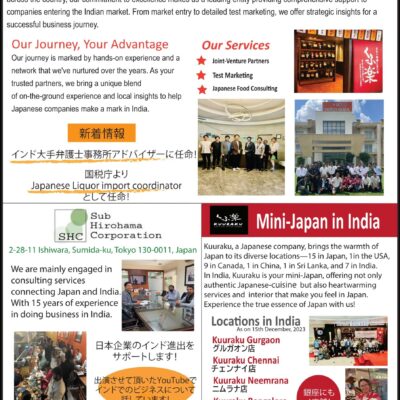
Uji, a peaceful town just outside Kyoto, Japan, is world-famous for one thing: matcha — the vibrant green powdered tea that’s both healthy and deeply rooted in Japanese tradition. But recently, Uji’s calm has been stirred by something unexpected — a matcha rush, with tourists sweeping shelves clean, leaving locals worried about the future of their cultural heritage.
A Morning Matcha Frenzy
At 10:00 AM sharp, Uji’s legendary tea shops open their doors. One of the most famous, Nakamura Tokichi Honten — once a tea supplier to the emperor — is now at the center of a matcha-buying storm. Tourists flood the store daily, some waiting in long lines for hours just to grab a can of premium matcha.
Even before the shop officially opens, shelves are nearly empty. Visitors grab matcha tins by the handful. In one case, a German tourist proudly walked away with over €250 worth of tea. Others weren’t so lucky — only minutes after opening, a woman yelled, “It’s gone. All the matcha’s gone.”
Too Much Demand, Not Enough Tea
Why is there such a shortage? It’s not just because matcha is trendy. The process of making ceremonial-grade matcha is delicate and time-consuming. Tea leaves used for the highest quality matcha are grown in the shade to develop their deep umami flavor. But this method reduces how much can be harvested.
On top of that, the leaves are ground using traditional stone mills, which can take eight hours to produce just 400 grams of powder — barely enough to fill 13 small tins. That’s why tea shop managers like Tomomi Hisaki from Tsujirihei Honten say that even with more tourists, they can’t increase supply overnight.
In fact, Hisaki says her shop sometimes sells a month’s worth of ceremonial matcha in just one day.
When Tradition Meets Tourism
The matcha shortage isn’t just a supply problem — it’s a cultural one. Traditionally, matcha is used in Japanese tea ceremonies, a deeply spiritual and meditative experience. But many tourists buy ceremonial-grade matcha only to mix it into lattes, desserts, or cookies — missing the purpose behind the product.
Simona Suzuki, president of the Global Japanese Tea Association, encourages tourists to learn about the intended use of matcha before buying it. “Ceremonial matcha is special,” she says. “Using it in a smoothie is like putting truffle oil on French fries. It’s fun — but it misses the point.”
Suzuki and Hisaki both hope that tourists will respect the cultural significance of matcha, and also explore other Japanese teas like sencha, gyokuro, or the roasted hojicha — all of which are delicious and often more available.
Matcha Madness or Matcha Magic?
Despite the chaos, there’s something beautiful about the global love for matcha. It’s healthy, energizing, and now being enjoyed around the world. Even if supply can’t meet demand today, the attention may help the tea industry grow in the future.
That said, visitors to Uji can still enjoy a wide range of matcha experiences — from tea soba noodles and parfaits to curry and even matcha gyozas. You don’t have to go home with a tin of ceremonial matcha to get a true taste of Uji.
After all, as one tourist sipped her sweetened instant matcha latte, she smiled and said, “This might not have been served to the emperor, but it’s good enough for me.”
Frequently Asked Questions
Q1: Why is ceremonial matcha so limited in supply?
Ceremonial matcha is made from young tea leaves grown in the shade to create a rich umami taste. The process is slow and yields a small harvest. It’s also ground in traditional stone mills, which are time-consuming. That’s why only a limited amount can be produced each year.
Q2: Can I still enjoy matcha in Japan if the shops are sold out?
Absolutely! While premium matcha may sell out, there are many other options like culinary matcha, sweetened powders for lattes, and a wide range of matcha-flavored foods such as noodles, desserts, and teas like hojicha and sencha — all worth trying.
Final Sip:
Uji’s matcha may be hard to get, but the town still offers an unforgettable experience for tea lovers. Just remember: savor the moment, respect the culture, and maybe — just maybe — leave a tin for someone else.
Source:https://www.bbc.com/travel/article/20250606-matcha-how-tourism-drained-a-japanese-town












